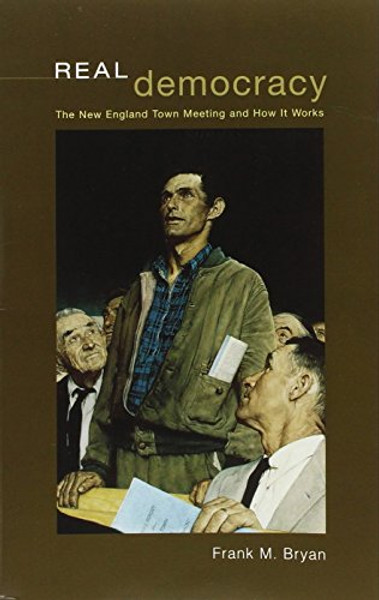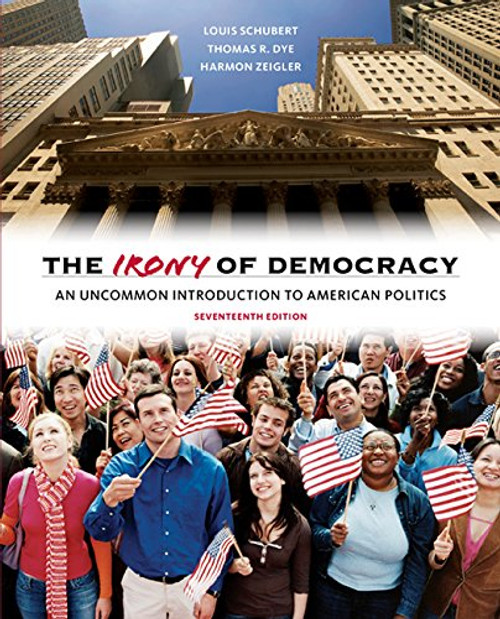Product Overview
Relying on an astounding collection of more than three decades of firsthand research, Frank M. Bryan examines one of the purest forms of American democracy, the New England town meeting. At these meetings, usually held once a year, all eligible citizens of the town may become legislators; they meet in face-to-face assemblies, debate the issues on the agenda, and vote on them. And although these meetings are natural laboratories for democracy, very few scholars have systematically investigated them.
A nationally recognized expert on this topic, Bryan has now done just that. Studying 1,500 town meetings in his home state of Vermont, he and his students recorded a staggering amount of data about them238,603 acts of participation by 63,140 citizens in 210 different towns. Drawing on this evidence as well as on evocative witness accountsfrom casual observers to no lesser a light than Aleksandr SolzhenitsynBryan paints a vivid picture of how real democracy works. Among the many fascinating questions he explores: why attendance varies sharply with town size, how citizens resolve conflicts in open forums, and how men and women behave differently in town meetings. In the end, Bryan interprets this brand of local government to find evidence for its considerable staying power as the most authentic and meaningful form of direct democracy.
Giving us a rare glimpse into how democracy works in the real world, Bryan presents here an unorthodox and definitive book on this most cherished of American institutions.
A nationally recognized expert on this topic, Bryan has now done just that. Studying 1,500 town meetings in his home state of Vermont, he and his students recorded a staggering amount of data about them238,603 acts of participation by 63,140 citizens in 210 different towns. Drawing on this evidence as well as on evocative witness accountsfrom casual observers to no lesser a light than Aleksandr SolzhenitsynBryan paints a vivid picture of how real democracy works. Among the many fascinating questions he explores: why attendance varies sharply with town size, how citizens resolve conflicts in open forums, and how men and women behave differently in town meetings. In the end, Bryan interprets this brand of local government to find evidence for its considerable staying power as the most authentic and meaningful form of direct democracy.
Giving us a rare glimpse into how democracy works in the real world, Bryan presents here an unorthodox and definitive book on this most cherished of American institutions.













